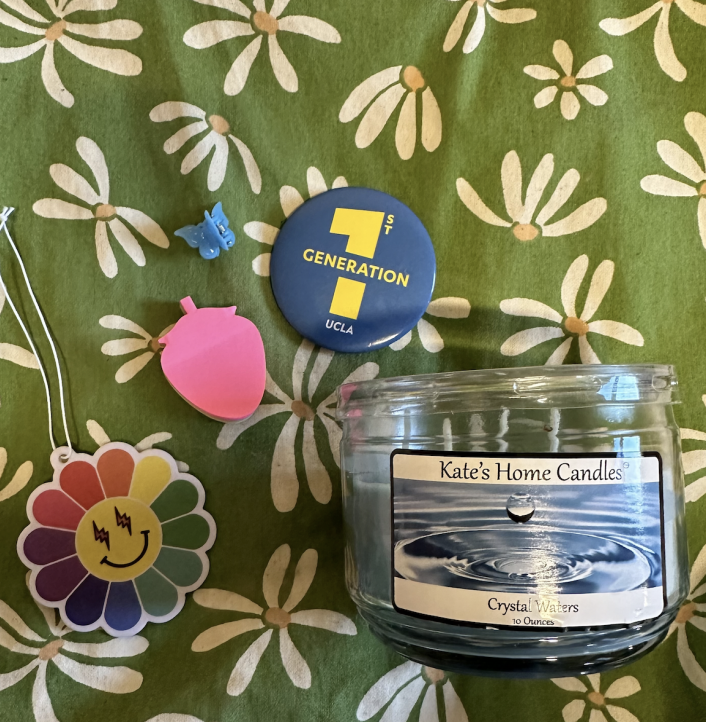
James Rojas led a workshop for our USC Environmental Justice Youth Fellowship in April. Fellows were asked to reflect on an early childhood memory. Several common themes emerged among the fellows’ images, including family and nature. The youth were also asked to visualize their ideal community using random objects found around their home. A sense of community was at the heart of each image, with many other design components overlapping including access to green space, walkable neighborhoods, healthy food options, clean drinking water, public transportation, native plants, and gardens.
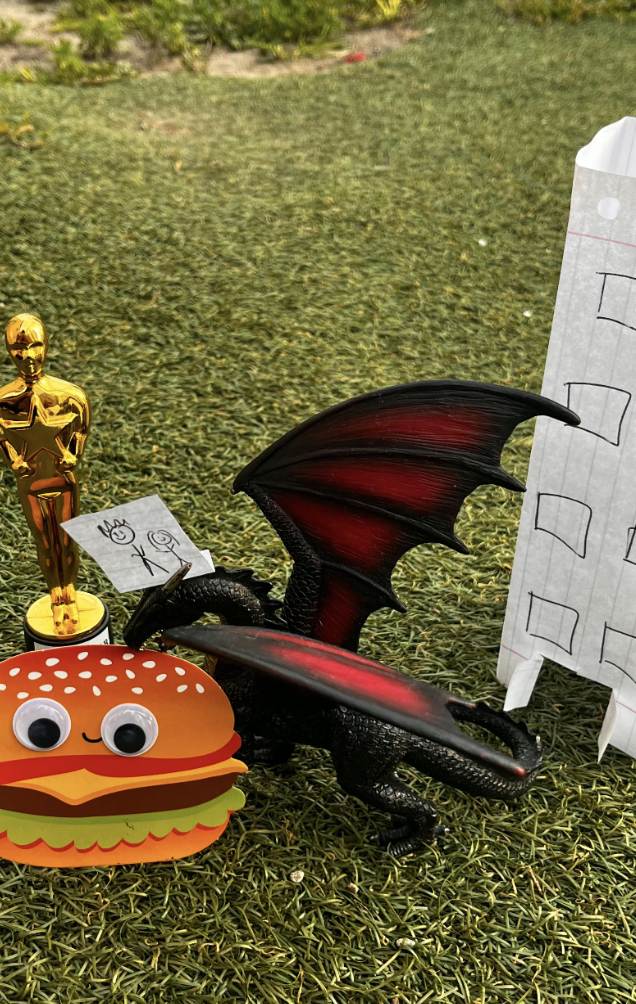
By: Marissa Guadarrama
My ideal community would like the picture above. It would be a place where equity exists, and different groups of people can not only co-exist but uplift each other. In this ideal society, we would be united, as a society, and a people, and our differences would not drive us apart, but rather, be celebrated. It’d be a place where everyone would have access to the same resources and green spaces.

By: Victoria Virgen
My ideal community is one with lots of access to green spaces and gardens. Like the butterfly, my ideal community would be one that promotes transformation, independence and growth, but at the same time would be tight knit and united (hence the knitted garment). I would love for my community to move away from non-renewable energy sources instead rely solely on renewable energy from sources like solar panels and windmills.

By: Cindy Santiago
My ideal community would be a place where everyone has access to the same opportunities. A place where the well-being of ALL individuals is prioritized and corporate greed is limited. A place where greenery blooms and everyone contributes to solutions, not just problems. My ideal community is a place where no inequalities exist among people, and while this is a far-fetched idea, we should work towards bridging this gap.
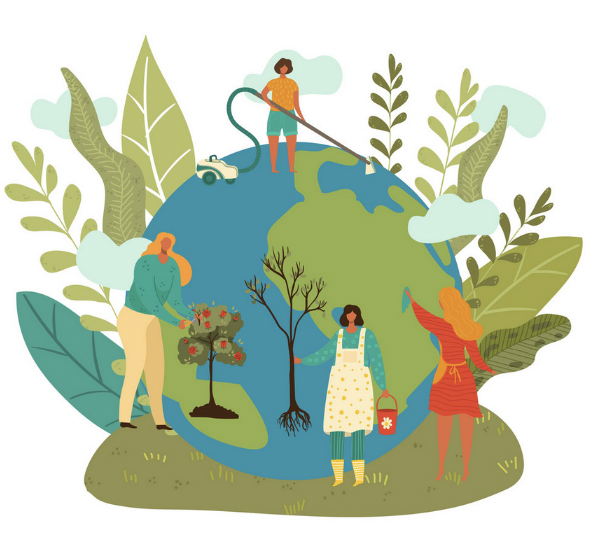
By: Alexis Martin
My ideal community is a passionate, selfless group of people, who prioritize the needs of the environment. Each person in the community recognizes how much humans have contributed to the degradation of the earth, and does their part in advocating for environmental rights. These people look for and try different environment-friendly solutions, whether that is through thrifting, taking public transportation rather than driving, and choosing not to eat dairy products and/or meats. The individuals of the community make a conscious effort to educate themselves on current events regarding environmental policies, especially the policies that may affect their areas, and look for ways to take action.

By: Berenice De Anda
My picture illustrates people coming together to enjoy music and food. I would consider this image my ideal community because as a child, attending local events like these would help me feel connected to my community. Partaking in events like the one shown above also helps me experience different cultures through their food and music, which I find so beautiful.

By: Adiba Adrita
My ideal community would be a community that is a lot like the picture above. I really like close-knitted communities where everyone knows each other and special occasions feel like rather big family gatherings. I like the idea of how a lot of these people know each other since very young and their kids usually go to school all together. I think it really gives the idea of a family rather than a bunch of people who all live together. I also really appreciate the idea of a close-knitted community because it brings together people who don’t have families as well, and it gives them the opportunity to feel like they belong. Being together and being there for one another at all times is a very warming feeling, in my opinion, and it is something that everyone should get a feel for. Overall, my ideal community would be a community that is rather a family.

By: Julia Bustos
My ideal community would have a vibrant gathering space where people can come together to socialize, play, and relax. Unfortunately, many communities in Los Angeles lack a healthy space where people can gather for simple fun. The concept of unity and community is particularly important for marginalized populations, and it's crucial that we have more of it. Without a space for people to come together, it can be challenging to foster a sense of community and belonging. It's a place where everyone is welcome, regardless of their background or identity, and where accessibility and inclusivity are prioritized. By creating a vibrant gathering space that encourages socialization, physical activity, and community building, we can improve the health and well-being of individuals and communities as a whole. Ultimately, investing in communal spaces like this can lead to a more equitable, just, and sustainable future.

By: Linh Tran
My ideal society would be filled with compassion for others and thoughtfulness as all civilians are more aware of their impact on the environment. This society would also have a great leader to look after it as represented by the Lorax in this picture. I believe that many can learn from the Lorax’s leadership and caring personality. Not to mention, a society filled with a diverse community is also a great attribute to the overall well-being of the society.
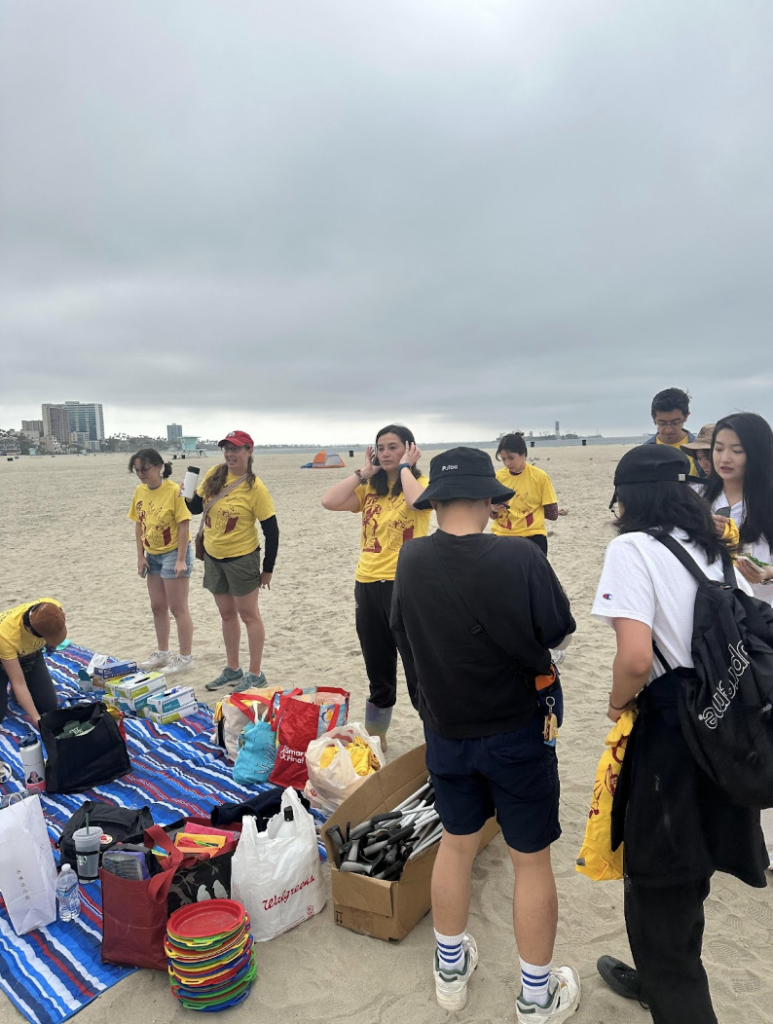
By: Ryan Kim
My ideal community would be something like this. I like my community as close, communicative, and understanding of each other. They also focus on helping the earth and clean up in order to take care of it. It would also have an idea of trust with no hate/corruption from anyone.

By: Natalie Rubio
My ideal community would be a city with lots of native plants with grassy terrain instead of concrete sidewalks. There would be no trains loud at night or freeways zooming loudly past one’s house. My ideal community would be people having close relationships and sharing resources with each other, treating one another like family.

By: Lizbeth Zambrano-Sanchez
My ideal community is rooted in abolition. Not only would my ideal world have an abolition of carceral institutions such as prisons, but also of other oppressive systems that exist in our world. While many are fearful of what abolition would entail, at the root of it, abolition provides opportunity for people, especially marginalized people to re-imagine new possibilities for what our world would look like. Abolition is not just about erasing past structures but rather developing new community-led initiatives to sustain one’s society. Some visual features of the society I’m envisioning are being fully sustainable such as through agriculture and having lots of access to green spaces.
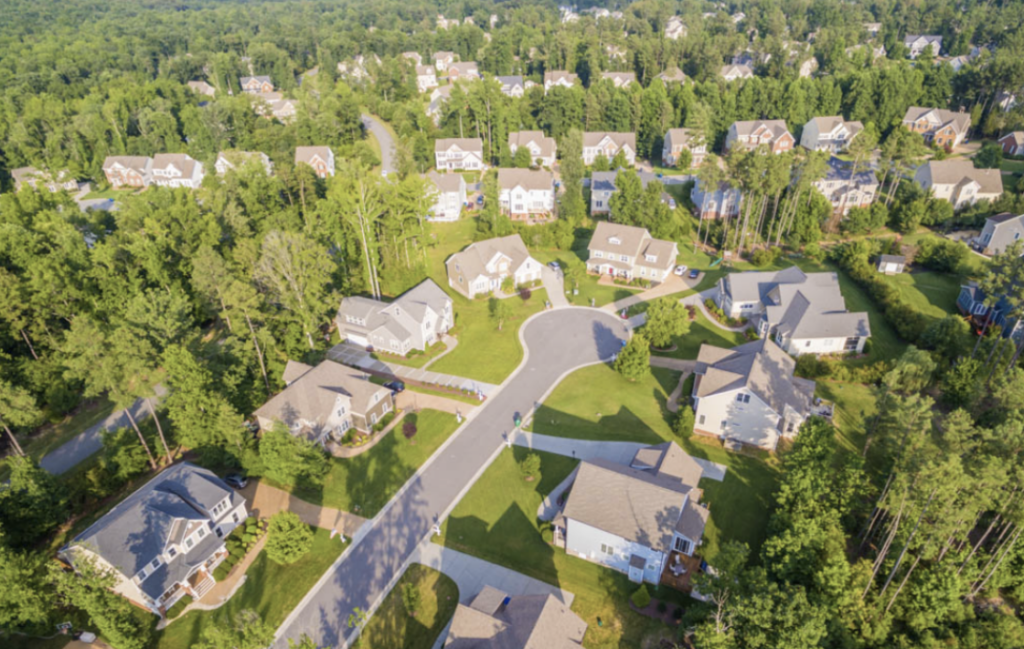
By: Daisy Cano Ruiz
The picture above shows a space that I would consider my ideal community. I live in East Los Angeles, and more often than not, our community lacks the greenery that other places have. In this picture, I see every house surrounded by grass, trees, and offers its community members a safe space. While the picture above may seem like a stretch to what our marginalized communities should reach for, it’s definitely not impossible.
